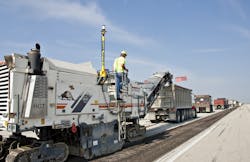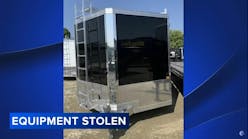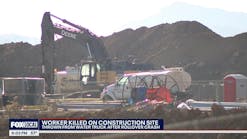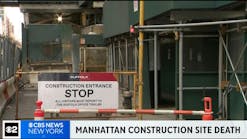We’ve heard a great deal of talk in recent months about respirable crystalline silica dust.
OSHA’s new standard, which reduces the permissible amount fivefold, is sure to mean changes on some job sites.
Who’s at risk?
Well, a lot of people in the construction industry. Most specifically, those engaged in demolition, and grinding, drilling, and sawing.
That’s some 1.85 million workers in total when you count the allied building and construction trades such as tuckpointing and drywall work.
In fact, more than 640,000 of that 1.85 million are already exposed to levels that exceed OSHA’s proposed Permissible Exposure Limit—enforcement of which is merely delayed from June 23 to September 23—it’s unlikely to be going away. And, as usual, watch out if you’re working in the regulatory crusade state of California.
“Clearly the danger from silica dust exposure still exists and this later enforcement date offers more time for employers to meet these requirements and keep workers safe,” says David Pizzolato, group marketing manager, Robert Bosch Tool Corporation. “Although this is a federal guideline, we’re seeing that some parts of the country, including California, continue to work toward the original enforcement date of June 23, 2017.”
We’ve already seen OEMs adapt cold planers and drills to help protect workers. Tool companies like Bosch have also developed solutions in the form of dust extraction tools and accessories. And, of course, don’t forget your PPE.
Check out the company’s infographic (a downloadable PDF below) for more on silica dust exposure.
Lung damage isn’t just for miners and smokers anymore...and OSHA’s on the case.





